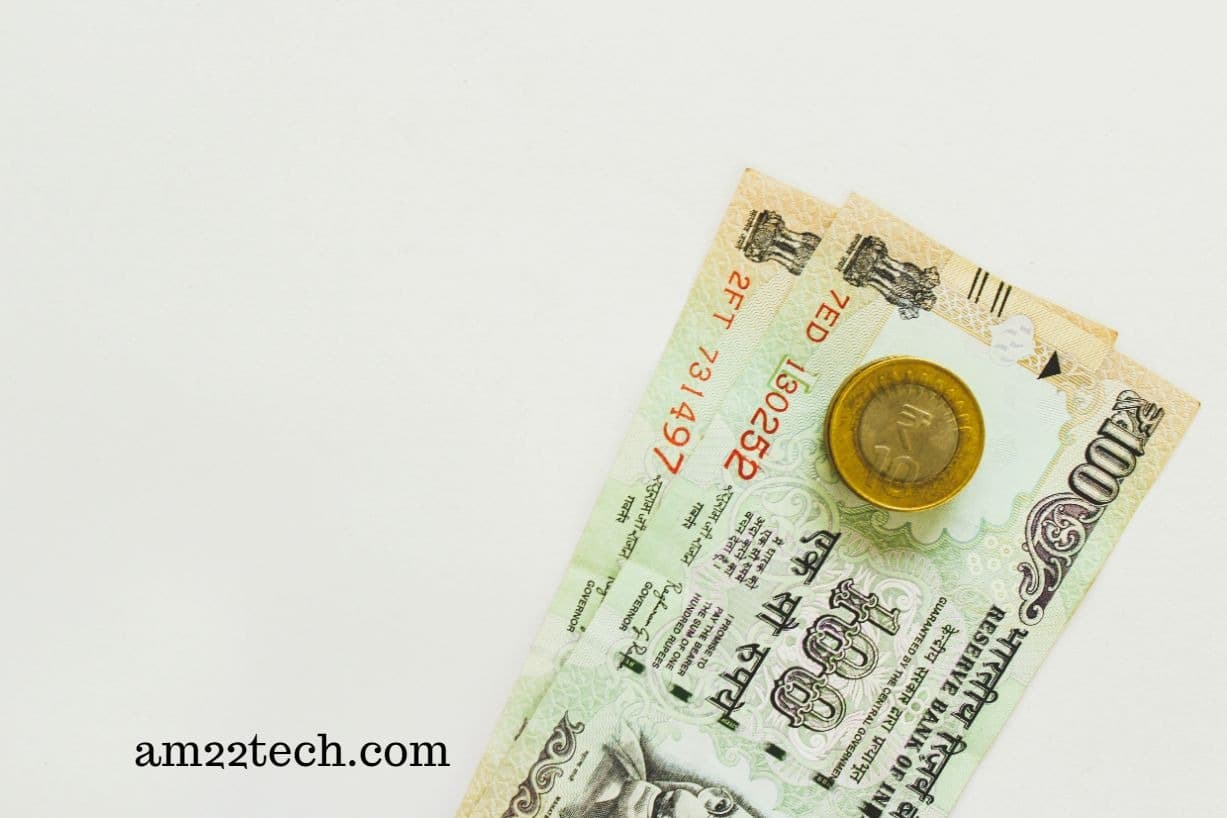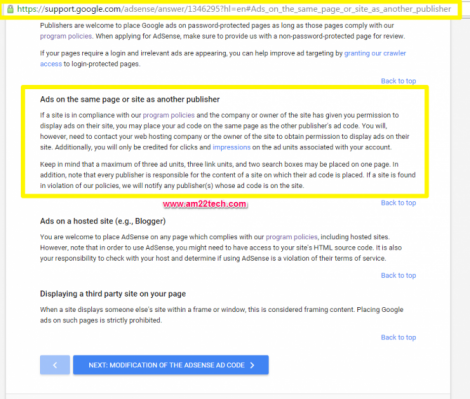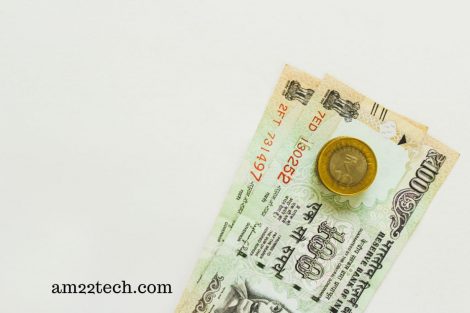AM22Tech’s Indian salary calculator is an easy to use app that you can use to find your monthly take-home salary after all deductions like:
- Income Tax
- Provident Fund
- Professional Tax
- Other Expenses
Calculate Indian Salary Take Home with App
In-Hand salary means ‘Take home’ pay in India. “in-hand” is a word used in daily life to mean the final amount received after the deduction of taxes.
In-Hand Salary = Monthly Gross Income – Income tax – Employee PF – Other deductions if any
The deductions could vary from each company and are based on your CTC (Cost to Company) package.
Income tax, professional tax, and provident fund are three main deductions from your monthly salary in India.
AM22Tech’s Indian salary calculator is easy to use if you know your salary package.
Enter the Basic Salary, HRA, and other income as listed on your CTC. The calculator will find the total yearly income tax and then show you the monthly deductions and monthly net income that should be credited to your bank account.
You will see the CTC amount, tax for the whole 12 months, and sample salary slips along with complete tax calculation.
Take-home pay (known as in-hand salary in India) is the net salary after deducting income tax (TDS – tax deducted at source in India) and other deductions, from the gross monthly pay.
The calculator can help you find your monthly net salary if you know your salary package.
Basic Salary
Basic pay or basic allowance is the starting point for any salary offer. Almost all employers base their salary packages on the Basic pay amount.
To start with, most Indian companies keep the Basic pay at 15-20% of total CTC, and multinational companies higher Basic at approximately 30% of CTC. Higher Basic pay can be beneficial in saving income tax.
For example, if your Basic pay is 50,000 per month in India, then
#1 HRA is about 40-50% of Basic
You can get more but it does not really matter as income tax India has some clever house rent allowance rules to keep you away from taking tax exemption if you go above a certain amount.
#2 Medical, Conveyance, Food Coupons
Medical, Conveyance and food coupon’s tax exemptions are fixed as per current budget’s tax slabs
#3 LTA is usually kept at 30% of Basic
Many multinational product-based companies like Oracle, Adobe among others keep it equal to Basic.
My suggestion is to keep LTA equal to Basic if you can negotiate with your employer at job offer time. This will help you in saving income tax later.
#4 Gratuity
Gratuity is 4.81% of Basic as per Indian labor laws. You are eligible for it if you have worked for at least 5 years with your employer.
If you leave before completing 5 years, your employer may not pay you the full amount. In many cases, people negotiate with the new employer to pay them the lost gratuity by way of Joining a bonus. You can negotiate it too if you can.
#5 PF – Employer & Employee
Provident fund or PF is the US style 401k equivalent of monthly deduction in India. This is a mandatory deduction that is normally deducted at the rate of 12% of basic.
Two types of PF:
- Employer contributed – EPF (Employer PF)
- Employee contributed – VPF (Voluntary PF)
As per law, the employer can choose to only pay the 12% of 15,000 if the monthly basic pay is more than 15k.
Most private sector good companies like TCS, Infosys, HCL, Accenture, etc. do pay 12% of actual basic pay. An employer can choose to pay more than 12% too but I have not heard of any being extravagant!
There is a difference between EPF, VPF, and PPF and you should know which one is shown on your salary slip while talking about your CTC package with HR (Human Resource).
#6 Per Diem on Abroad trip
Your per diem or daily allowance is calculated based on your monthly basic pay and in most cases is equal if you are deputed in any Indian city.
If you are sent out of India for a short term business assignment, you are paid per-diem based on that country’s average daily expenses.
For example, if you are going to the US, Australia, UK, or Europe on a business trip, you may expect:
- USA – USD $50-60 per day as your daily expense.
- Australia – AUD $60 per day
- UK – Pound $40 per day
Many people save a part of the per-diem amount and bring it back to India, which becomes taxable and should be added to your Indian income.
This per day is not part of your salary in India until the day you are sent abroad. The Indian employer should keep paying your Indian salary during your trip.
Your Indian salary account should stay active unless you are going for more than 6 months in which case, you can convert it to the NRO account.
Change Salary, Increase In-hand?
If you have the option of changing CTC, here are our suggestions to increase your monthly in-hand salary by changing Basic and other allowances.
Many companies like Tata consultancy services allow their employees to change the salary components apart from basic to reduce their taxes using an internal portal like ‘Ultimatix’.
Check with your company to see if they have any such option.
Do not lose heart if your employer does not allow changing CTC or monthly allowances as per your choice. You can still increase your take-home pay by making full use of the tax exemptions available in Income tax India’s rules.



